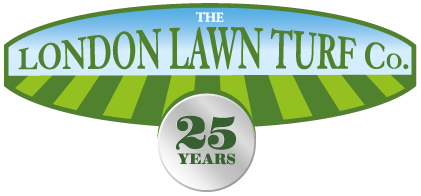Eight Common Gardening Terms and What They Mean
Whether you’re new to the intrepid world of gardening, or are an old hat that has made their way with little research, gardening terms can sometimes be obscure and confusing. To save you the time of trawling through gardening blogs and books each time you encounter a gardening term you don’t know, we’ve compiled a list of the most common ones we’ve come across, and explained exactly what they mean. Deadhead This is where a plant’s blooms die off and need to be removed. The process of removing them is called ‘deadheading’, which both makes the plant look better and leads to a greater amount of future flowering. Bedding Plant This gardening term refers to the type of plant that is planted in volume; having a large quantity of one plant is generally for aesthetic purposes. Typically, bedding plants will be annual. Annual Annual plants are those that survive for just one year. This means that they won’t rebloom next year. Instead, they complete their whole growth, bloom and reseeding process within that one season. Biennial Similarly to ‘annual’, these are plants that complete their entire life cycle within two years and will not flower more after this time. Perennial This refers to plants that will keep reflowering year after year, if cared for properly. They will flower for around a month, usually, before dying off in frost. However, the roots remain, meaning that the plant will return again the following year. Rootbound This is a very useful gardening term to know about, as it could save your plants! If a plant has become rootbound, it means that there’s not enough room in its pot and the roots become entirely entangled, wrapping around each other. You must transfer rootbound plants to a bigger pot or growing area, but make sure you carefully separate the roots as you do so in order to encourage further growth. Mulch You’ll likely have heard this term but might not know exactly what it means or what the benefits of mulch are. Mulch can be made of organic or inorganic material. It covers the soil, thereby helping to hold in moisture and keep in warmth. It also has the added benefit of discouraging weeds! Full Sun If you see this gardening term, it means that the plant in question needs at least 6 hours of direct sunlight a day to survive. Keep this in mind when both choose and planting your seeds to ensure this can be achieved.

